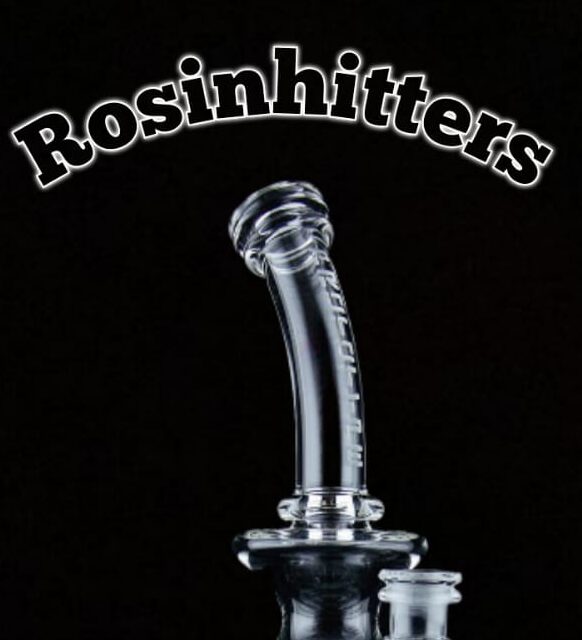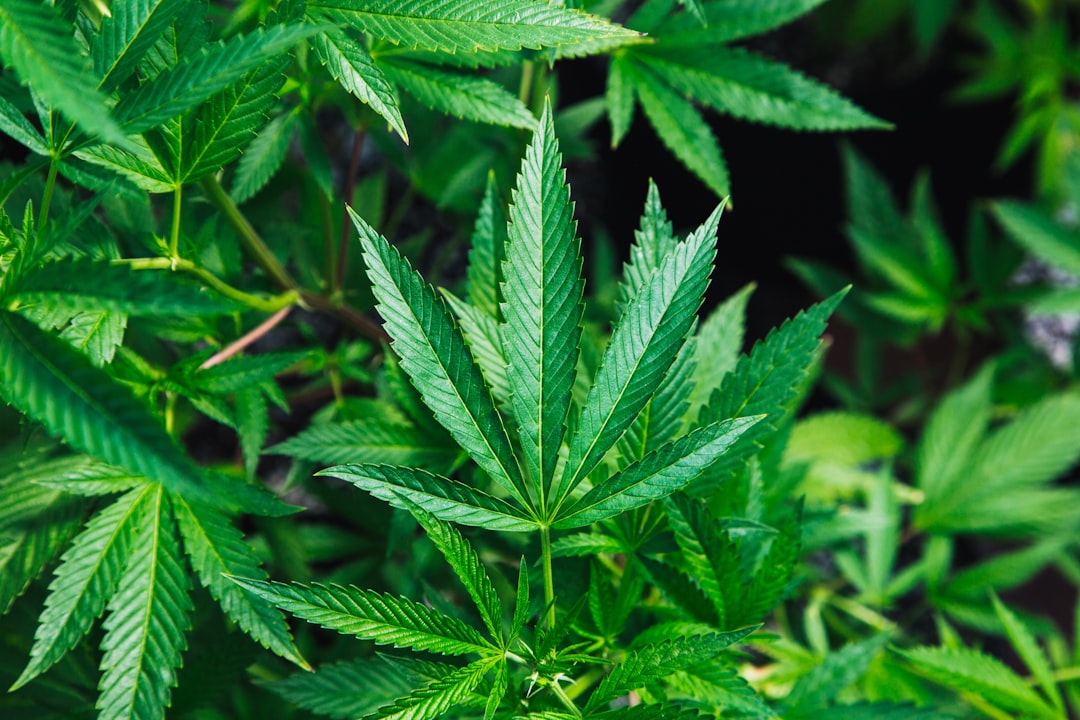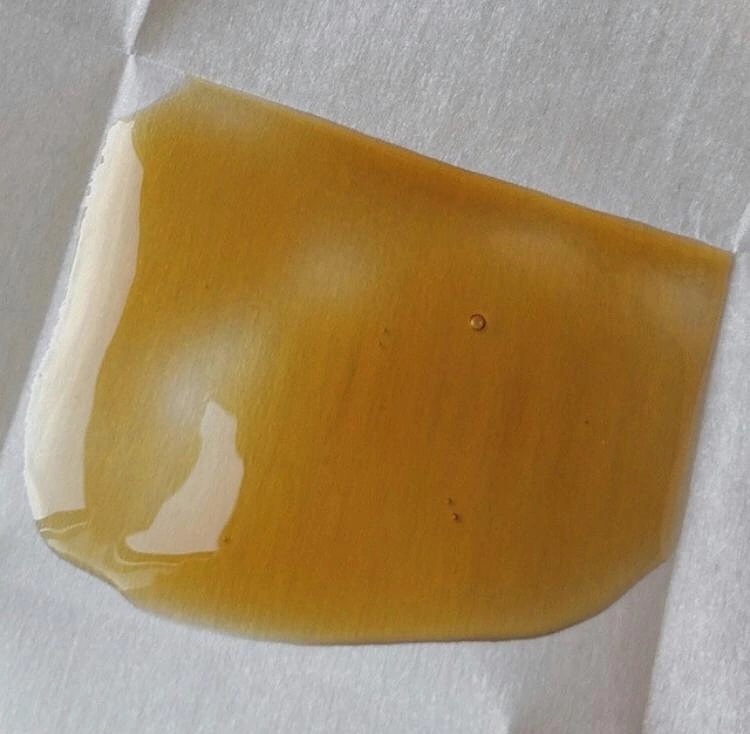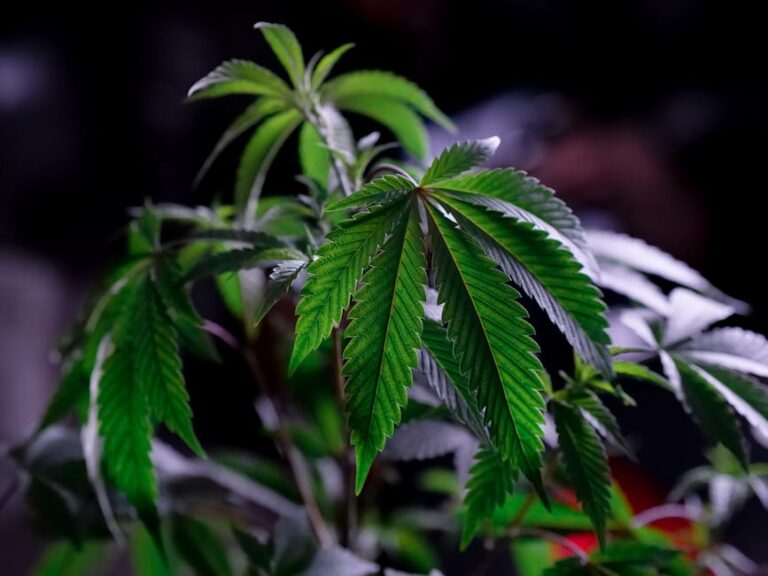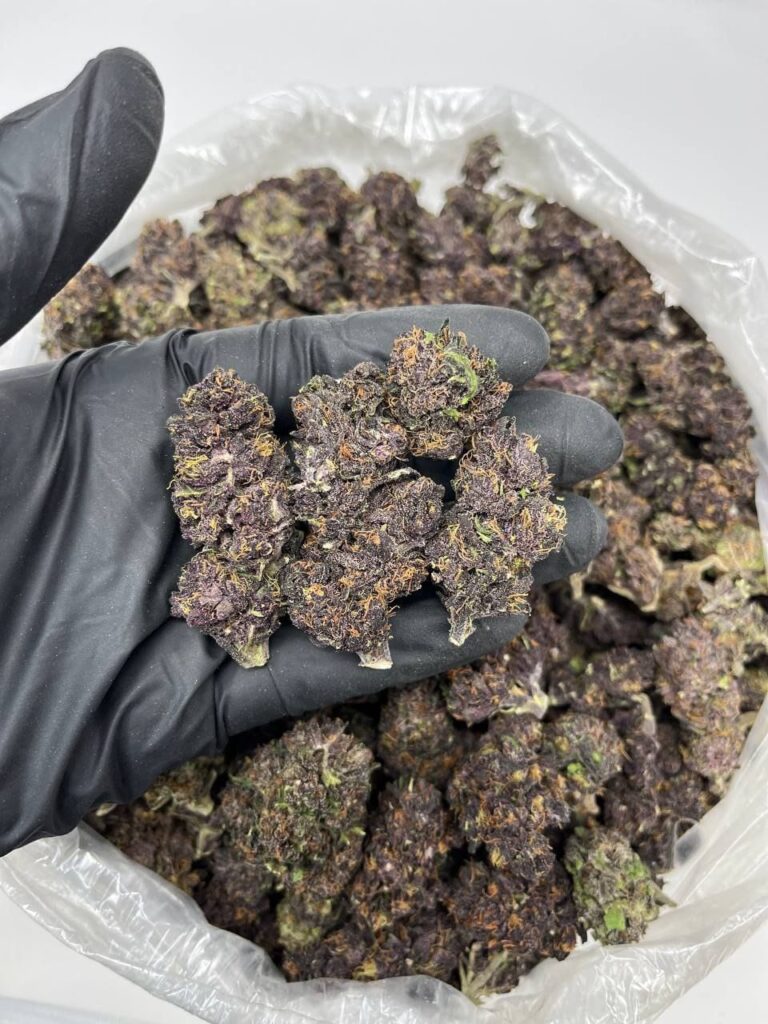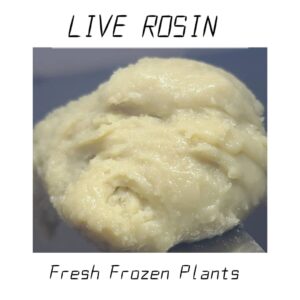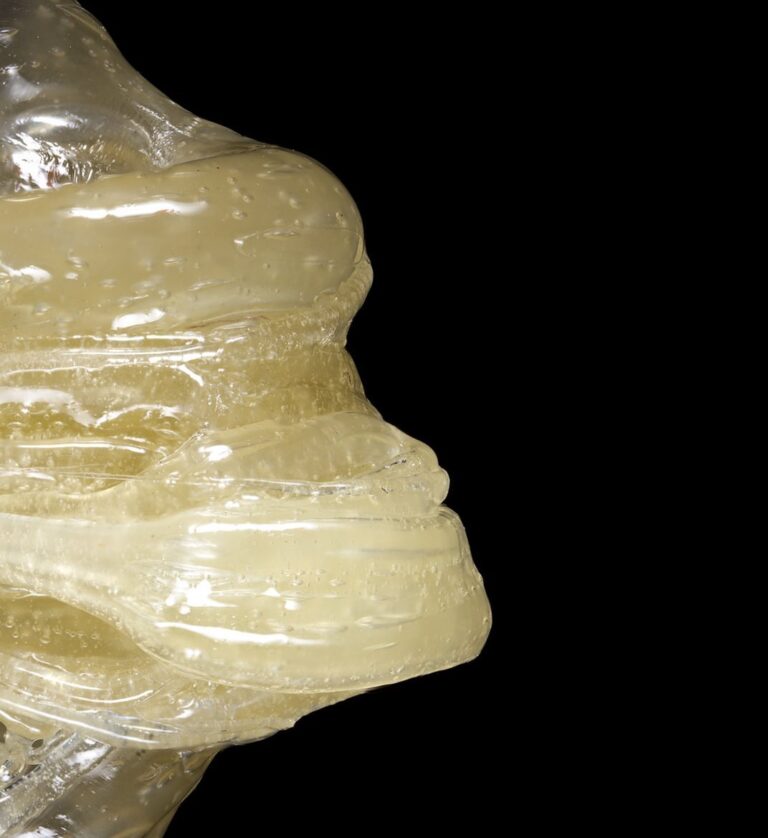Best Rosin Press Practices: Top Tips for Success 2024
Best rosin press practices play a pivotal role in creating exceptional concentrates from your cannabis supply. For those short on time, mastering the essentials can transform your rosin pressing results. Here’s a quick rundown to optimize your process:
- Select trichome-rich and fresh cannabis material.
- Control temperature precisely to protect terpenes.
- Apply the right pressure for maximized yield without degrading quality.
- Document every step to replicate success.
Pressing rosin has gained popularity among cannabis enthusiasts for a very good reason. It’s all about achieving pure, solventless extracts that deliver a potent and flavorful experience. Unlike traditional methods using solvents, rosin pressing uses only heat and pressure to extract the desirable compounds from your cannabis. This not only ensures a high-quality product but also caters to those who value cleanliness and safety.
The pursuit of solventless excellence has led to an evolving array of techniques and equipment aimed at creating concentrates that stand out in terms of purity and strength. Whether it’s flower, kief, or hash, using the right practices can greatly improve your rosin results and, ultimately, your enjoyment.
As demand for premium rosin continues to surge, understanding and implementing the best pressing practices becomes crucial. Let’s dig deeper into these techniques and find how to press like a pro.

Best Rosin Press Practices
Flower Quality: The Foundation of Great Rosin
When it comes to pressing rosin, starting with high-quality cannabis flowers is non-negotiable. The quality of your starting material directly impacts the yield and flavor of your final product. Opt for trichome-rich strains, as these are more likely to produce a higher yield. Freshness is also crucial. Flowers that are pressed soon after drying and curing tend to yield lighter and more flavorful rosin. The fresher the flower, the better the outcome.
Relative Humidity: A Key Factor
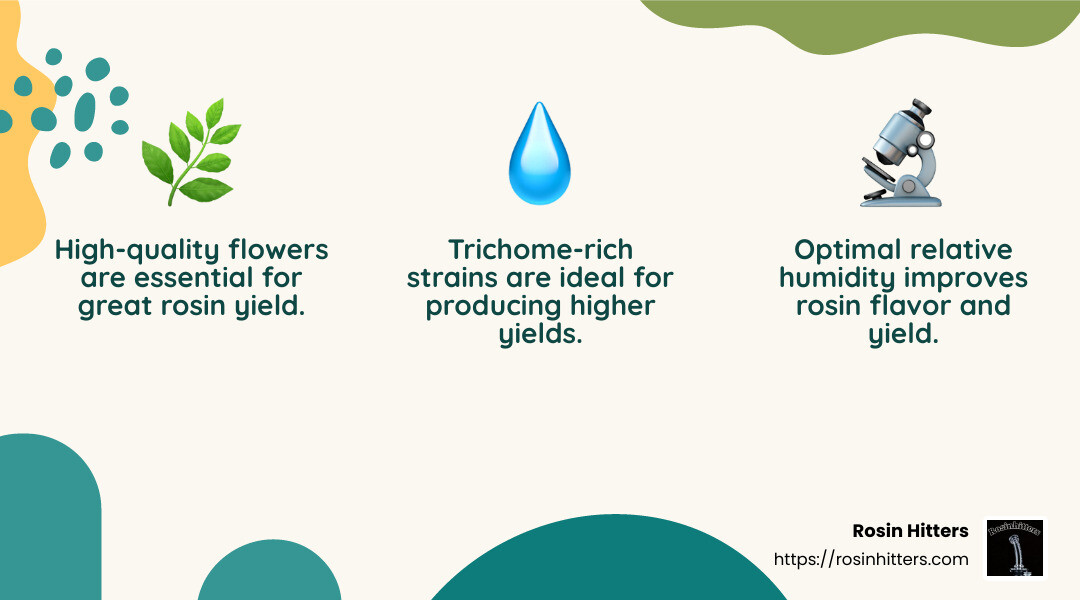
The moisture content of your cannabis is a game changer. If your buds are too dry, they may absorb the rosin during pressing, reducing your yield. For optimal results, aim for a relative humidity of 55% to 62%. This moisture level ensures the trichomes are pliable and ready to release their precious oils. You can use humidity packs like those from Integra or Boveda to maintain this ideal condition.
Temperature Settings: Finding the Sweet Spot
Temperature plays a crucial role in preserving terpenes and maximizing yield. Generally, lower temperatures (between 180°F and 220°F) are recommended for high-quality material to maintain flavor and aroma. However, older or lower-quality material might require slightly higher temperatures to ensure a complete extraction. Striking the right balance is key to achieving the best rosin press practices.
Pressure Control: The Right Amount Matters
Applying the correct amount of pressure is essential for extracting rosin without compromising its quality. Too much pressure can lead to a “blowout,” where material escapes the filter bag, while too little pressure might not efficiently extract the oils. Start with moderate pressure and gradually increase until you find the sweet spot that maximizes yield without affecting quality. A professional-grade rosin press with precise pressure control can make a significant difference here.
By focusing on these core elements—flower quality, relative humidity, temperature, and pressure—you can significantly improve your rosin pressing outcomes. Each step in the process is interconnected, and attention to detail will ensure you produce a superior product every time.
Now that we’ve covered the best practices, let’s move on to choosing the right equipment for rosin pressing.
Choosing the Right Equipment
Selecting the right equipment is crucial for successful rosin pressing. The type of rosin press you choose, the temperature of the plates, and how you control the pressure can all influence the quality of your rosin.
Rosin Press Types
There are three main types of rosin presses: pneumatic, hydraulic, and manual.
- Pneumatic Presses use air pressure and are ideal for large-scale operations. They require minimal physical effort but do need an air compressor.
- Hydraulic Presses employ hydraulic cylinders to create pressure. They are versatile, suitable for both small and large operations, and offer a balance between power and ease of use.
- Manual Presses rely on physical force. They’re budget-friendly and great for hobbyists or small-scale operations, but require more effort and skill to achieve consistent results.
Each type of press has its own advantages, so choose based on your scale of operation and budget.
Plate Temperature
The temperature of the press plates is a critical factor. If the plates are too hot, the rosin can degrade, losing both potency and flavor.
- Ideal Temperature Range: For most materials, a range between 180°F to 220°F is recommended. This helps preserve the terpenes and cannabinoids, ensuring your rosin is both potent and flavorful.
- Temperature Control Devices: Investing in a device like the LT3 Rosin Press Heat and Pressure Controller can be beneficial. It allows for precise temperature adjustments, ensuring you stay within the optimal range.
Pressure Control
Applying the right amount of pressure is key to effective rosin extraction.
- Moderate Pressure: Start with moderate pressure and gradually increase it. This helps avoid blowouts (when material escapes the filter bag) and ensures efficient oil extraction.
- Professional-Grade Equipment: Opt for a rosin press that offers precise pressure control. This can make a significant difference in achieving consistent, high-quality results.
By understanding the different types of rosin presses and how to control temperature and pressure, you can choose equipment that best suits your needs and improves your rosin pressing process.
Next, we’ll dive into how to prepare your material for pressing.
Preparing Your Material
To achieve the best results in rosin pressing, preparing your material is just as important as choosing the right equipment. Here’s a simple guide to ensure your material is ready for pressing.
Freshness Matters
Freshness is key. The fresher your cannabis, the better your rosin will be. Aim to press flowers that are dried and cured but not older than two weeks. Fresh flowers tend to produce lighter, more flavorful rosin. The longer you wait, the darker and less potent your rosin might become.
Trichome-Heavy Material
When selecting cannabis for rosin pressing, look for trichome-rich buds. These are the tiny, crystal-like structures on the flower that contain the highest concentration of cannabinoids and terpenes. More trichomes mean more potential for a high-quality extract.
Pro Tip: Strains like Gorilla Glue and Ghost Train Haze are known for their heavy trichome production and are great choices for rosin pressing.
Humidity Levels
Maintaining the right humidity levels is crucial. If your material is too dry, it can absorb the rosin during pressing, reducing yield. Aim for a relative humidity of 55% to 62% for optimal results. Use a digital hygrometer to check this, and consider using humidity packs to adjust the moisture content if necessary.
Pre-Press Mold
Using a pre-press mold can significantly improve your results. It helps compact your material into a uniform shape, ensuring even pressure during pressing. This reduces the risk of blowouts and increases yield. Simply load your material into the mold, apply gentle pressure to form a puck, and then place it in your filter bag.
By focusing on freshness, choosing trichome-rich materials, controlling humidity, and using a pre-press mold, you set the stage for successful rosin pressing.
Next, we’ll explore the optimal temperature and time settings to preserve those valuable terpenes and cannabinoids.
Temperature and Time Settings
When it comes to rosin pressing, temperature and time are your best friends—or your worst enemies. Get these settings right, and you preserve those precious terpenes and cannabinoids. Get them wrong, and you risk losing flavor and potency.
Cold Pressing: Gentle and Flavorful
Cold pressing is like the slow cooker of rosin extraction. It uses lower temperatures, typically between 160°F to 190°F, and longer pressing times, anywhere from 1 to 5 minutes. This method is gentle on the terpenes, which are responsible for the aroma and flavor of your rosin.
- Pros: Rich terpene preservation and a smooth, buttery consistency.
- Cons: Sometimes sacrifices yield for flavor.
Cold pressing is ideal if you’re after a flavorful concentrate, even if it means a bit less rosin in the end.
Hot Pressing: Yield and Efficiency
On the other end, hot pressing is all about speed and yield. Temperatures range from 190°F to 220°F, with pressing times as short as 45 seconds to 3 minutes. This method can produce a shatter-like consistency and may increase yield.
- Pros: Higher yield and quicker results.
- Cons: Risk of terpene loss if not carefully controlled.
When using hot pressing, aim for the sweet spot around 210°F to 220°F to balance quality and yield.
Balancing Terpene Preservation
Terpenes have varied boiling points, often well above 350°F. While you’ll never reach these in rosin pressing, it’s crucial to remember that excessive heat can degrade terpenes before they boil. That’s why both cold and hot pressing have their place.
Experimentation is key. Start with lower temperatures for high-terpene strains and adjust based on your results.
Timing Tips
- Monitor: Keep an eye on the rosin flow. If it stops, you’re done.
- Adjust: If you’re not getting the yield you want, try extending the time slightly or increasing the pressure.
By understanding the nuances of cold and hot pressing, you can fine-tune your process to maximize both flavor and yield. Next, we’ll dig into the importance of using filter bags and how they impact your rosin quality.
Using Filter Bags
Filter bags are a game-changer in rosin pressing. They help you achieve a cleaner, higher-quality concentrate by filtering out unwanted plant material. Let’s explore the essentials of using these bags effectively.
Micron Size Matters
The micron size of your filter bag is crucial. It determines what gets filtered out and what stays in your rosin. Here’s a quick guide to choosing the right size:
- 25 to 36 microns: Ideal for pure trichomes like kief or dry sift. These sizes ensure excellent quality but may slightly reduce yield.
- 72 to 100 microns: A good balance for flower and trim. They offer a decent yield while maintaining quality.
- 120 to 160 microns: Best for maximizing yield from flower and trim, though with a slight compromise on quality.
Choosing the right micron size depends on your starting material and your goals—whether you’re prioritizing yield or purity.
Why Nylon Mesh?
When it comes to materials, nylon mesh is the go-to choice for filter bags. Here’s why:
- Durability: Nylon expands up to 40% without tearing, making it reliable under pressure.
- Heat Resistance: Unlike polyester, nylon doesn’t shrink with heat, reducing the risk of blowouts.
- Safe for Press Plates: Unlike stainless steel, nylon won’t scratch your press plates, ensuring consistent performance.
Nylon mesh bags offer the best balance of strength and flexibility, making them ideal for solventless rosin extraction.
Filtration Quality and Yield
Using filter bags can slightly reduce your yield since they hold back some plant material. However, the trade-off is a cleaner, more potent product. Here’s how to optimize:
- Don’t Overfill: Overloading the bag can cause blowouts and uneven pressure distribution.
- Even Distribution: Ensure the material is evenly spread within the bag for consistent pressure and filtration.
- Pre-Press Mold: Compact your material with a pre-press mold to improve uniformity and reduce blowout risks.
By focusing on these practices, you can maintain a high filtration quality and still achieve impressive yields.
Incorporating filter bags into your best rosin press practices can lift your final product, ensuring it’s clean and potent. Up next, we’ll explore how to choose the right equipment to maximize your rosin pressing success.
Frequently Asked Questions about Rosin Pressing
How do you get the best pressing rosin results?
Achieving top-notch rosin results starts with fresh cannabis. Freshness ensures that the trichomes are intact and bursting with cannabinoids and terpenes. Ice bubble hash is another excellent starting material. It’s made by using ice water to separate trichomes from the plant, resulting in a highly concentrated product.
When pressing, humidity control is crucial. Aim for a relative humidity of 55% to 62% in your cannabis. This moisture content helps in preventing the flower from absorbing the rosin, thus maximizing your yield.
What is the best rosin press settings?
The temperature range is a key factor. For most flowers, press between 160°F and 220°F. Lower temperatures preserve more terpenes, resulting in a flavorful concentrate, while higher temperatures can increase yield but might affect the flavor.
Pressing time also influences the outcome. Generally, pressing for 20 to 60 seconds is ideal. Adjust based on the material and desired consistency. Shorter times at higher temperatures can yield more, but longer, cooler presses often produce a more aromatic product.
How to get higher rosin yields?
For higher yields, start with quality cannabis. The better the starting material, the more rosin you can expect. Maintain proper humidity control to ensure the flower doesn’t soak up the rosin during pressing.
Experiment with your temperature and pressing time settings. Finding the sweet spot for your specific material can significantly boost your yield. Remember to document every setting you try, so you can replicate successful results.
By focusing on these factors, you can consistently achieve superior rosin quality and yield. This attention to detail will set the stage for mastering the art of rosin pressing.
Conclusion
At Rosin Hitters, we believe that quality matters above all else. Our commitment to producing high-quality, solventless cannabis concentrates drives everything we do. By using advanced rosin press technology, we ensure that our extracts are pure and flavorful, free of chemical solvents.
Experimentation is a key part of mastering the art of rosin pressing. Each batch of cannabis is unique, and finding the right balance of temperature, pressure, and time is essential. Documenting each step allows you to replicate your best results and continue improving your technique.
Whether you’re a hobbyist or a commercial operator, focusing on the best rosin press practices will lift your results. Begin with fresh, trichome-rich cannabis, control humidity, and experiment with pressing settings to find what works best for your material.
We invite you to explore our live rosin products and experience the difference that quality and precision can make. Great rosin starts with great practices. Join us in pushing the boundaries of cannabis concentrates and enjoy the pure, potent results of our solventless methods.
